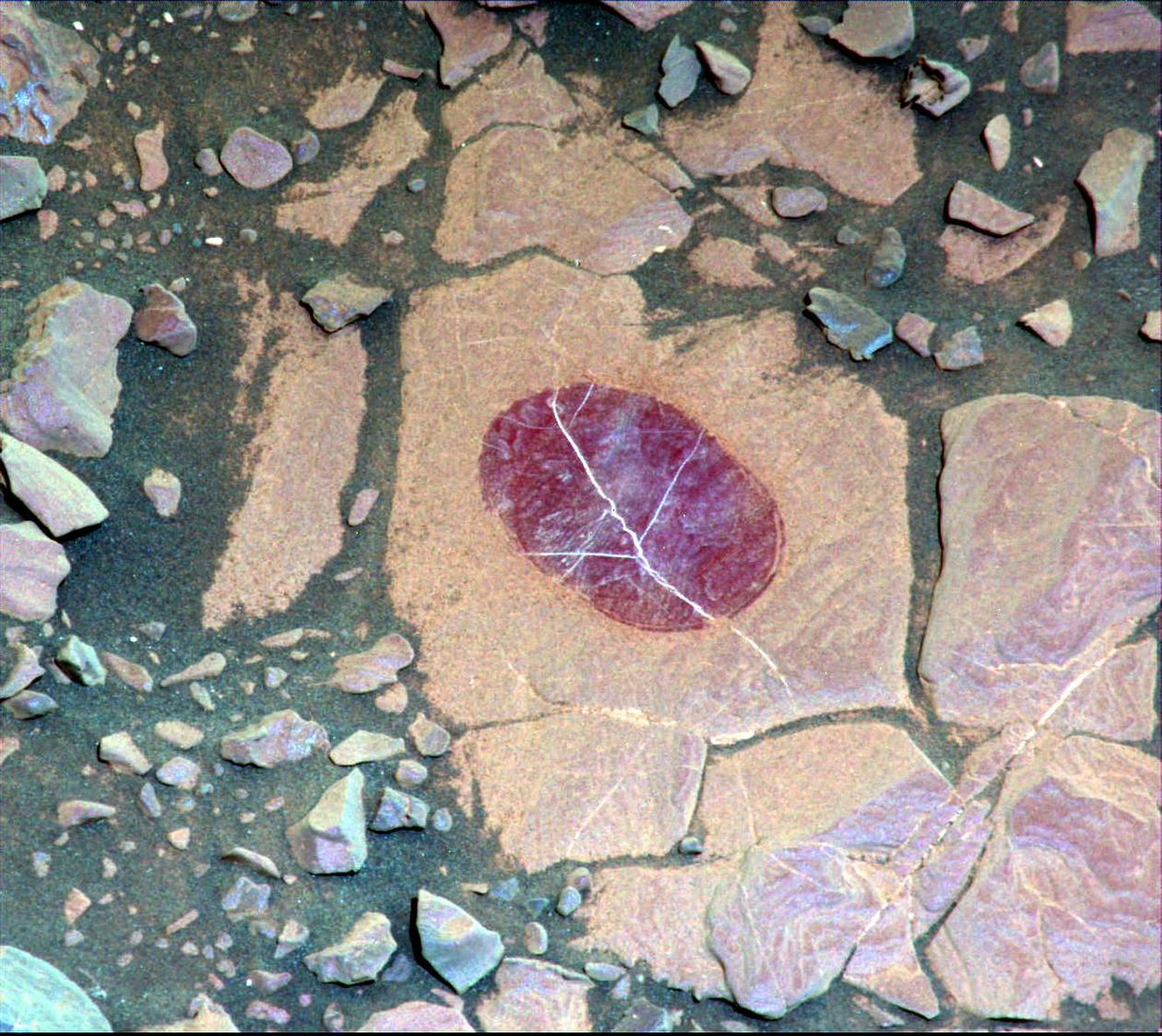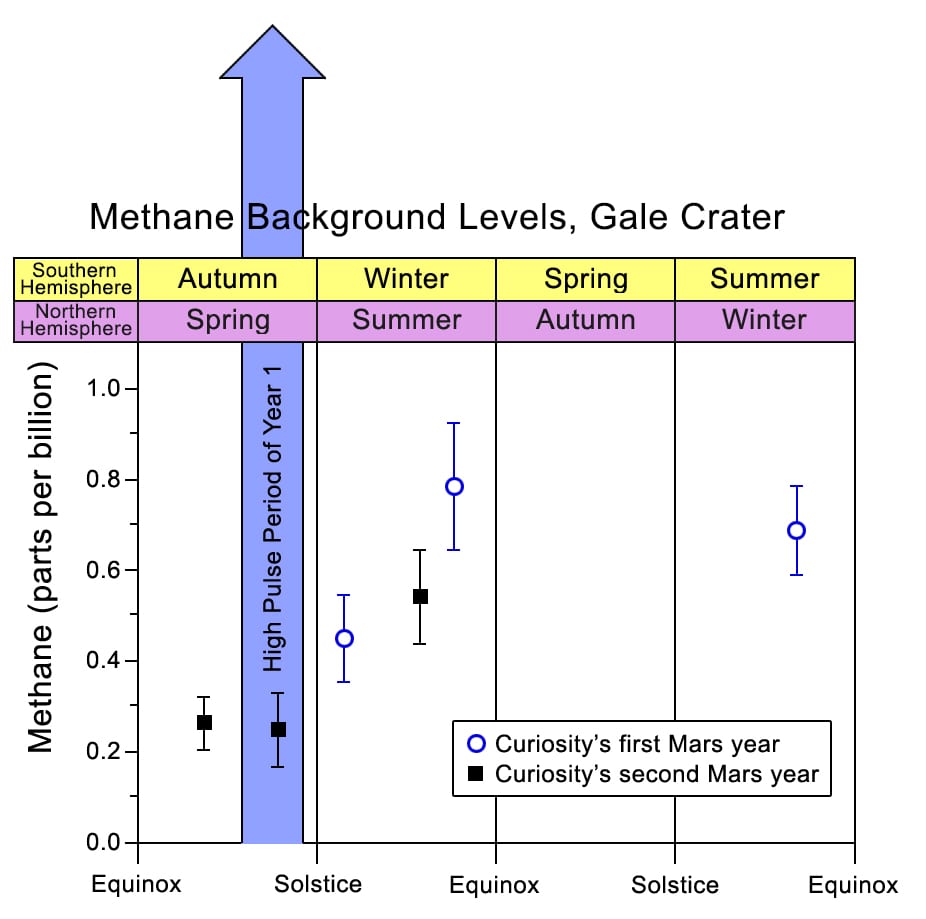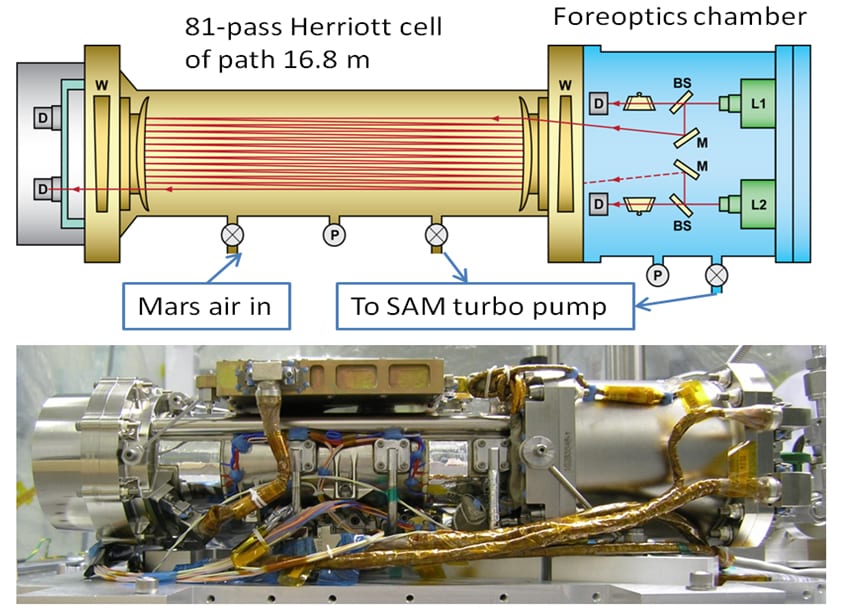NASA’s Curiosity landed on Mars on August 6, 2012 – if you remember, you could even sort of livestream its Martian landing. It became the only functional robot on the planet after NASA’s Opportunity stopped communicating on February 13, 2019.
After nearly 8 years of service, the Curiosity has taken some amazing pictures of the Red Planet (and it’s still trundling around doing it’s thing). You can check out the thousands of images on NASA’s official website.
In the meantime, here’s a quick preview of the beauty of Mars.
15. Curiosity Selfie!
Even robots want to take a picture now and then.

Photo Credit: NASA Mars Exploration Program
14. A Petrified Area
These patterns are just beautiful.

Photo Credit: NASA Mars Exploration Program
13. Check out These Gorgeous Views
Worthy of a museum exhibit!

Photo Credit: NASA Mars Exploration Program
12. Checking out Its Own Wheel Track
It’s a meta portrait.

Photo Credit: NASA Mars Exploration Program
11. An Active Sand Dune
Called Gobabeb, this sand dune belongs to a dune field called Bagnold.

Photo Credit: NASA Mars Exploration Program
10. Mount Sharp’s Base
This is mudstone.

Photo Credit: NASA Mars Exploration Program
9. Yet Another Shot of Mount Sharp
These sedimentary rocks are still charming to look at.

Photo Credit: NASA Mars Exploration Program
8. A Wide Shot
Actually taken from a Mars Orbiter, not by Curiosity.

Photo Credit: NASA Mars Exploration Program
7. Fracture Shot
This has many rocks that look as if they’ve been, well, fractured.

Photo Credit: NASA Mars Exploration Program
6. A Rocky Dreamscape
It looks like a dream!

Photo Credit: NASA Mars Exploration Program
5. Wide-Shot of Mount Sharp
This far-off view definitely speaks for itself!

Photo Credit: NASA Mars Exploration Program
4. The Bottom of Mount Sharp
There are many great angles of this mountain.

Photo Credit: NASA Mars Exploration Program
3. Take a Gander at This!
It’s called Jake Matijevic Rock.

Photo Credit: NASA Mars Exploration Program
2. The “Harrison” Rock
There are some crystals in this shot too!

Photo Credit: NASA Mars Exploration Program
1. Martian Sunset
If it looks other-worldly, that’s because it is!

Photo Credit: NASA Mars Exploration Program
As of now, the Curiosity is still doing strong on Mars.
If you’ve got thoughts, we totally look forward to hearing anything you have to say about these landscapes. All scientific facts, discussion, and theories are totally welcome in the comments.
The post Some of the Best Photos NASA’s Curiosity Rover Has Taken in Its 8 Years on Mars appeared first on UberFacts.




